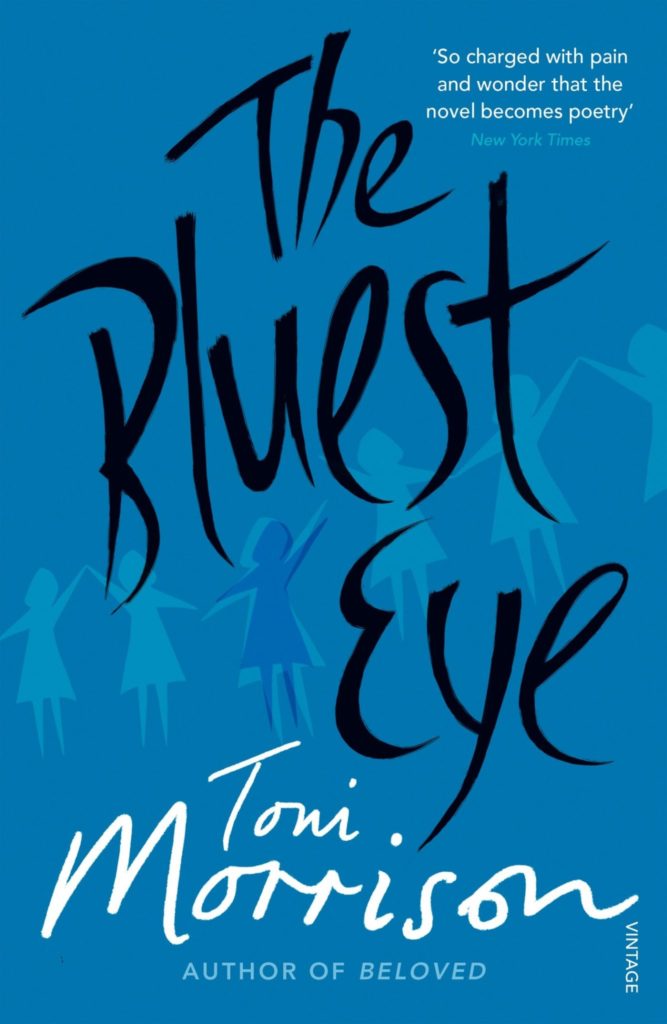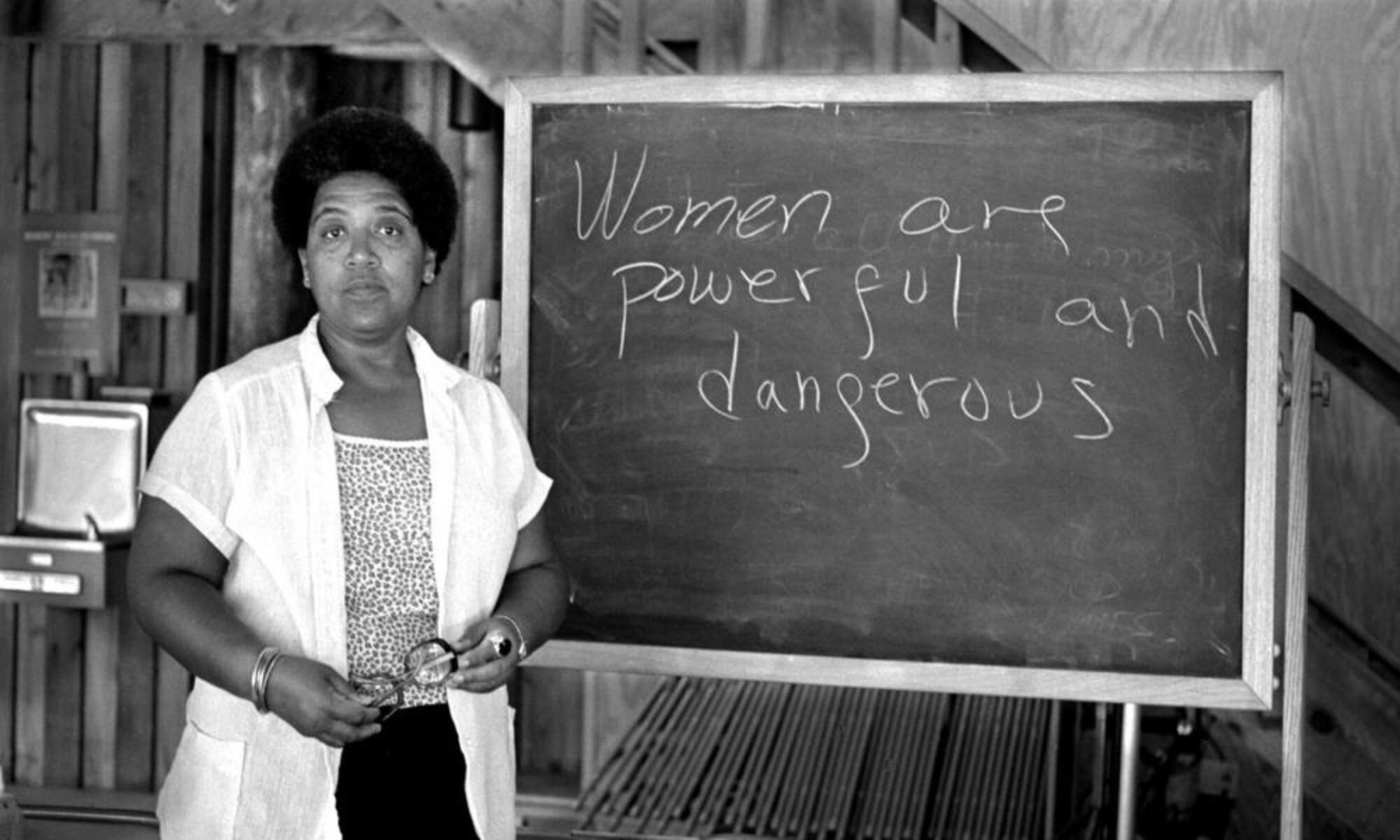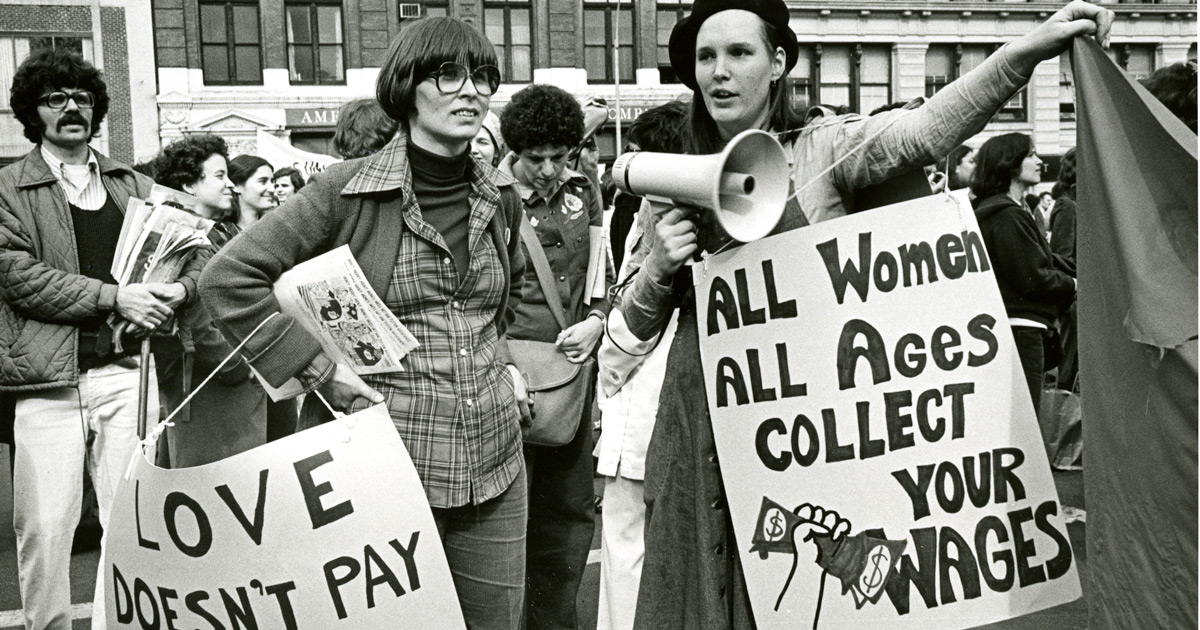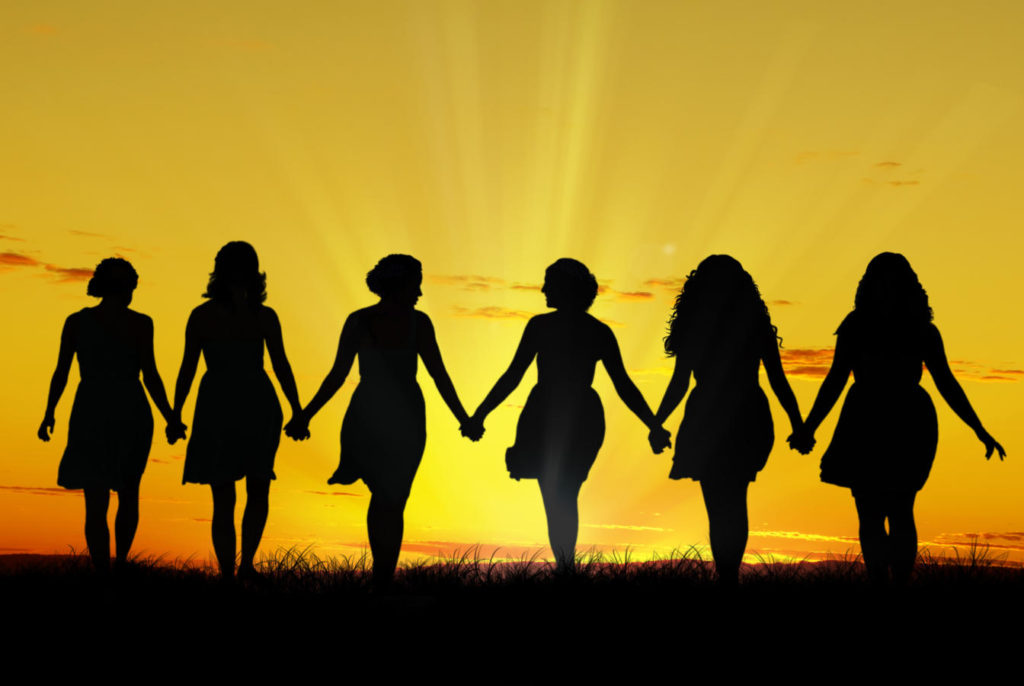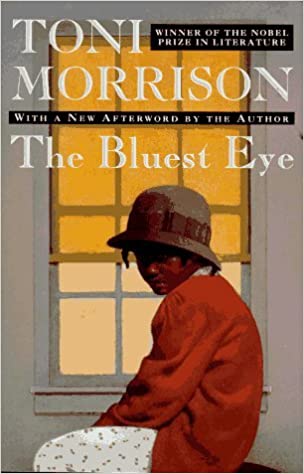The Tony Morrison book that I chose to read, is The Bluest Eye. The book starts with sisters Claudia and Frieda, who live in Ohio, with their parents. It is set at the end of the Great Depression, and the parents are working really hard to stay financially stable. They end up taking in a boy named Henry Washington, and a girl named Pecola, whose father tried to burn down their house. Pecola has a lot of self-hate and thinks that being white is the only beautiful. She believes that if she had blue eyes, she would be loved and have an easier life. When Pecola moves back in with her family, she goes through a lot of trauma. Her father is a drunk, and her mother doesn’t show too much emotion, and they end up physically fighting a lot. The book shows us that the parents have been through a lot of trauma in their lives. Her mother is disabled and has the same ideologies as Pecola, that love is reserved for the beautiful, and she’s ugly. Her father was abandoned by his parents and was raised by his great aunt. At one point, he ran away to find his father but was rejected by him. All in all, he has lost interest in life. Pecolas brother, Sammy, runs away all of the time, and Pecola is constantly teased by boys and former friends. She even gets called a “nasty little black bi***” by a woman. *SPOILER* Farther in the book, her father gets home and rapes her. She became unconscious, and when her mother finds her on the floor, she doesn’t believe what Pecola says happened to her and beats her. Later, it is found out by her parents that she is pregnant, and they actually want her to keep it. They use their saving to plant flowers and say that if the flowers live, the baby will live. Well, the flowers did not bloom, and the baby dies from being born too early. Her father ended up raping her for the second time, runs away, and dies. Pecola started to deteriorate mentally, and believes that she has “the bluest eyes”. A couple of connections to Playing in the Dark that I can make is the fact that she clearly stated the ethnicity of the character in her book. In her essay, she makes the point that in American literature, authors tend to omit the race of characters and leave out the important factor that is race, in historically based literature.
